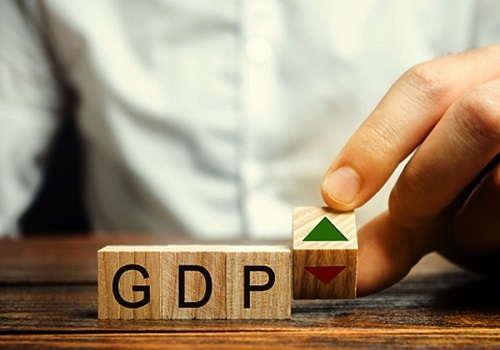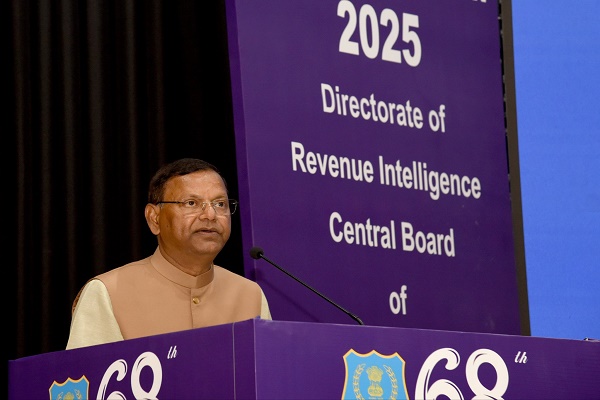India GDP: Upside surprise continues by Elara Capital

Key takeaway:
Q4FY24 GDP growth came in at 7.8% YoY, significantly higher than consensus’ estimate pushing full-year growth to 8.2% YoY versus 7% in FY23. The wedge between GVA and GDP continued as net indirect taxes continued to grow stronger amid lower subsidies payout. The GVA growth of 6.3% YoY, however, was the lowest in a year aslower value addition moderated amid shrinking margin for the corporate sector and sluggish agriculture growth. The nominal GDP growth came in at 9.9% YoY versus 10.3% YoY in Q3FY24. A striking feature of growth in India over last one year has been the sustenance of capital formation in the economy supporting growth even as consumption has lagged. The share of gross fixed capital formation (GFCF) in GDP rose to 33.2% in Q4, almost the same as in Q4FY23, even as the share of private consumption (PFCE) fell to its lowest at 52.9% amid continued divergence in consumption and capex trend.
Demand and supply side: Positives and negatives
The headline GDP is encouraging, up 8.2% YoY – the highest, barring base effect-led growth of 9.7% YoY in FY22. Domestically, the capital formation momentum was evident in GFCF as it grew by 9% YoY in FY24 versus pre-Covid average of 6.2% YoY and FY23 growth of 6.6%. The share of GFCF rose to 33.5% in FY24 – the highest on record and much higher than in FY04-07 investment cycle, when it averaged at a 26.8% share in GDP (29% on FY04 base time series). On the flip side, the share of the PFCE component in GDP moderated to 55.8% in FY24, the lowest since FY18. In FY24, private consumption grew by 4% YoY, ~200bps lower than FY19-20 average.
On the supply-side, GVA grew by 7.2% YoY versus 6.7% in FY23, led by a 9.5% growth in the industrial sector underpinned by ~10% YoY growth each in manufacturing and construction. The services sector moderated from 10% YoY in FY23 to 7.6% in FY24, led by almost halving of the growth pace in contact-based services (trade, hotels, transport etc.). The agriculture sector remains a pain point, wherein growth has slowed to 1.4% YoY in FY24 versus 4.7% YoY in FY23 as climate-led shocks hit output. The supply-side trends continue to point towards normalizing demand after post Covid-19 bump-up.
Outlook: We retain FY25E growth projection at 7% We retain our growth projection of 7% YoY in FY25E and 6.8% YoY in FY26E, with a likely upside if private capex cycle gets firmly entrenched. The high frequency indicators suggest FY25 started on a relatively stable footing. Although the capex momentum has moderated owing to elections, based on the pipeline of approvals/sanctions, we expect private capex to pick up gradually from H2FY25. The government capex spending may also see a further leg-up in FY25 owing to surplus dividend receipts from the RBI.
The announcement of final Budget in July 2024 by the new government (we project a comfortable victory for Modi-led BJP) with the announcements of 100-day plan may offer further policy clarity and direction as to next growth levers. The key risk to India’s growth outlook, in our view, comes from potential slowdown in global economy due to lower-than-expected rate cuts by the central banks and continued geopolitical tensions. Domestically, a delay in rate cuts in the US and volatile food inflation suggest that India’s rate cut cycle is unlikely to commence before Q4FY25. We expect a 25bps cut in FY25E.
Please refer disclaimer at Report
SEBI Registration number is INH000000933




















